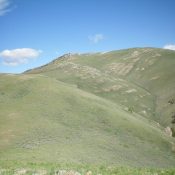
The Ketchum Keystone, August 24, 1895 The geological survey corps of E.T. Perkins, Jr., is now at Sawtooth. During the past few weeks it has been operating on the headwaters of the various streams tributary to Wood river from the north. The highest of the peaks at the head of East Fork of Wood river has been duly confirmed with … Continue reading




